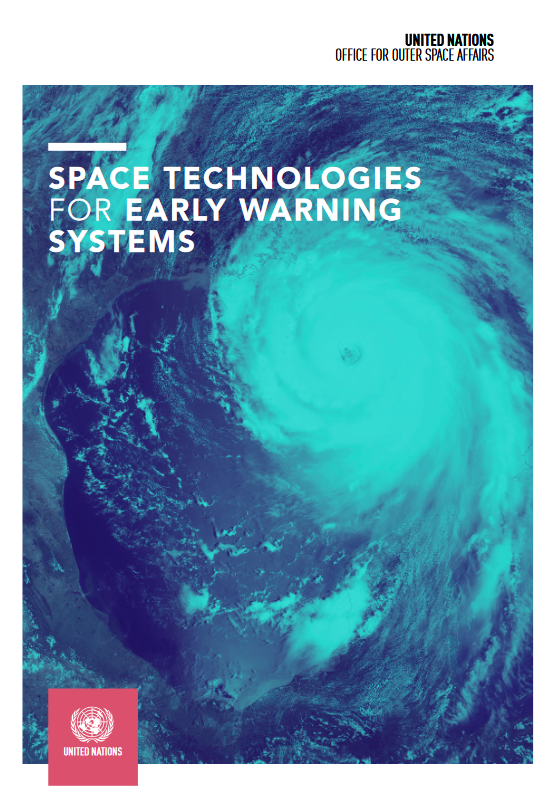 Over the centuries, communities throughout the world have experienced disasters triggered by natural hazards. In the past these disasters were considered inevitable. However, since the 1990s, there has been a paradigm shift, recognizing that such disasters reveal not only the exposure of such communities to natural hazards, but also their physical, social and economic vulnerability.
Over the centuries, communities throughout the world have experienced disasters triggered by natural hazards. In the past these disasters were considered inevitable. However, since the 1990s, there has been a paradigm shift, recognizing that such disasters reveal not only the exposure of such communities to natural hazards, but also their physical, social and economic vulnerability.
In recent decades, experts in environmental science have carried out research that has allowed societies to improve their understanding of those natural hazards that can trigger disasters. Structural engineers have identified improved building techniques and introduced construction materials with superior qualities that can reduce the physical vulnerability of infrastructure. Social scientists and economists have also pinpointed the root causes and dynamic factors that unfortunately give rise to social and economic vulnerability. Despite these advances, natural hazards continue to trigger disasters in developed and developing countries alike. Furthermore, climate change is aggravating the behaviour of hydrometeorological hazards.
To address the challenges related to such disasters, since 1990 the United Nations has been spearheading international efforts to increase the understanding that while societies cannot really prevent natural hazards from taking place, they can prepare themselves better to mitigate the impacts of those hazards.
Early warning systems are an example of measures that allow communities to improve the way they confront and minimize the impact of such hazards, reducing the loss of lives and the damage and loss of essential assets. These systems rely on sound scientific knowledge regarding the spatial and temporal dynamics of natural hazards and can be improved through:
- The use of information on exposure and vulnerability of communities, their livelihoods and assets
- An improved capacity to disseminate and communicate warnings, and
- A more proactive anticipated response to warnings by those at risk
Since the 1960s, the space community has been contributing to an improved understanding of natural hazards. Meteorological satellites now measure more than one hundred parameters that increase our understanding of hydrometeorological phenomena. Other Earth observation satellites contribute to the monitoring of the dynamics of geological, environmental and coastal hazards, and to the assessment of the exposure of vulnerable elements such as critical infrastructure, crops and pastures. Satellite telecommunications are essential for transmitting data from sensors in remote areas to national observatories where such data are analysed in order to monitor natural hazards and transmit warnings from one continent to another one. Furthermore, global navigation satellite systems allow us to pinpoint the location of essential assets.
This publication on space technologies for early warning systems, compiled by the UN-SPIDER programme of the United Nations Office for Outer Space Affairs (UNOOSA), presents examples of the use of space-based data, products and services in early warning systems that address hydrometeorological, geological, extraterrestrial, health, biological, environmental and coastal hazards. It presents numerous examples of ways in which the space community and experts in many areas are broadening the spectrum of applications in all areas of effective, people-centred early warning systems.
It serves as a gateway for readers to familiarize themselves with the efforts carried out by many national and regional space agencies, universities, organizations and private companies to improve early warning systems. It includes 81 case studies that provide information on efforts by these institutions and more than 350 links to websites where readers can find additional information on these efforts.
The publication is also intended as a contribution from the Office and its UN-SPIDER programme to the implementation of the Sendai Framework for Disaster Risk Reduction 2015–2030, and to the “Early Warnings for All” initiative launched by the Secretary-General of the United Nations in 2022.
With this publication UN-SPIDER aims to provide advice to Governments and disaster management stakeholders and practitioners on how space technologies can contribute to enhancing the effectiveness of early warning systems. In a complementary fashion, UNOOSA presents this publication as an example of ways in which the space community is bringing the benefits of space to humankind.
| Attachment | Taille |
|---|---|
| Space Technologies for Early Warning Systems (5.17 MB) | 5.17 MB |
